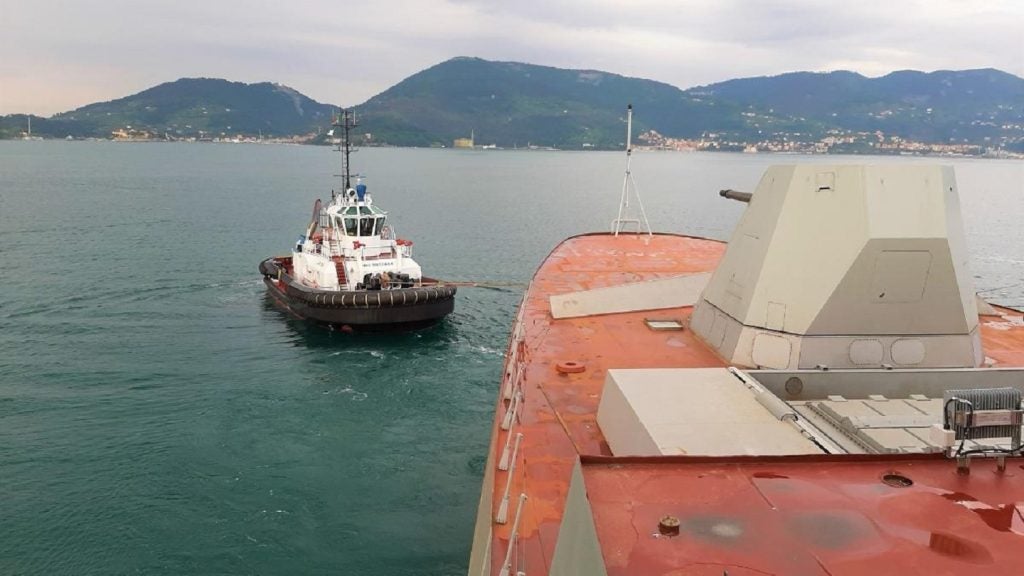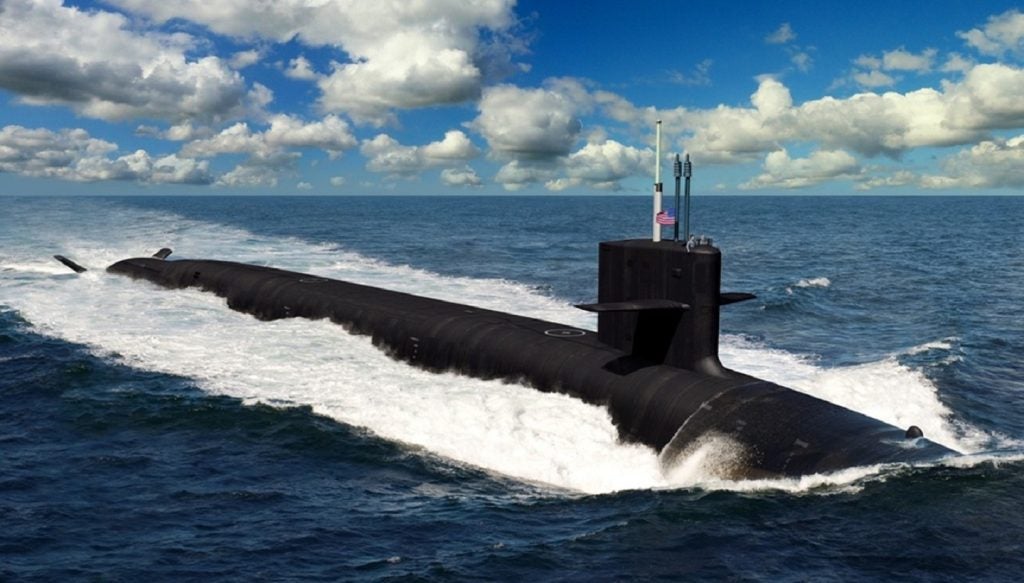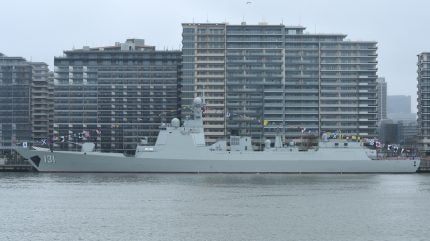
The US Office for Naval Intelligence (ONI), an official department of the US Government, has released a newly updated and unclassified publication on the development of China’s People’s Liberation Army Navy (PLAN), detailing the scope of China’s naval power and expansion efforts.
Releasing its latest update on the 2024 Recognition and Identification Guide, the ONI revealed that the PLAN is currently maintaining a fleet of at least 153 major naval surface combatants, which includes aircraft carriers, cruisers, destroyers, frigates, and corvettes.
The ONI guide also indicates that additional Renhai-class guided missile cruisers (CG) and Luyang Mod III guided missile destroyers are also under construction, which have not been counted towards the total number of major surface combatants.
Also known by the Type 055 class destroyer designation – Nato classification lists the class as CG vessels – the type are significant naval assests, measuring 180 metres (m) in length and displacing in excess of 13,000 tonnes (t). The class are built as the successor to Type 052D guided missile destroyers (DDG), and feature more than 100 vertical launch system (VLS) cells housing a range of anti-air and anti-surface weaponry.
In comparison, the Renhai-class CGs appear to be a match for the US Navy’s Ticonderoga-class CGs, which have 122 VLS cells, and displace around 10,000t. The PLAN has eight vessels operational, with a further two under construction.
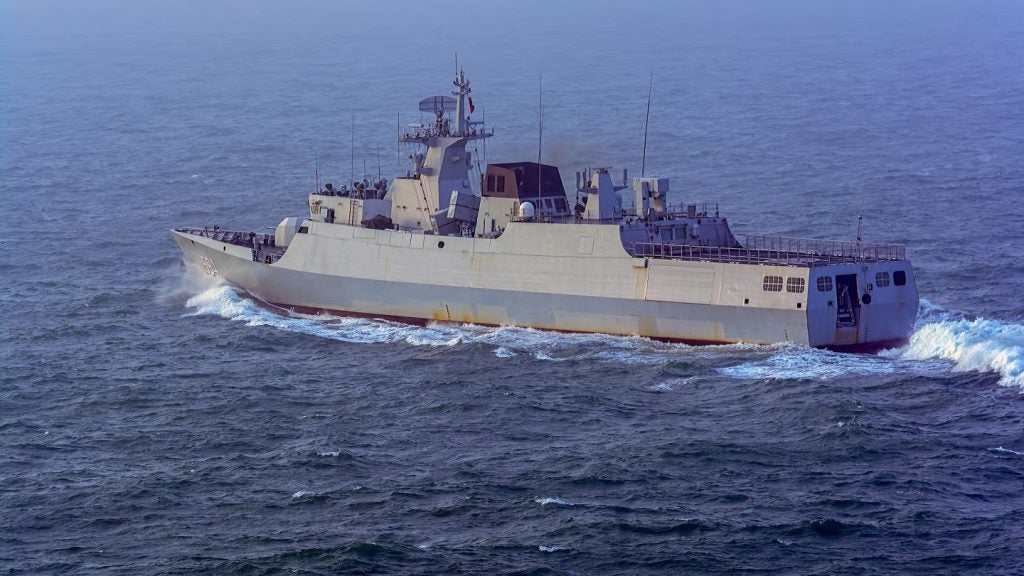
The Type 052D DDGs, also known as the Luyang class, are split into five batches, with the latest Mod III being 5m longer due to an extended flight deck. According to the ONI the PLAN currently has 12 Mod III vessels in service, with more under construction.
Of the older variants, 24 Luyang-class Type 052D DDGs are recorded as being operational. Additional large combatant classes include two Luhu-class destroyers, four Sovremennyy DDGs in two distinct batches, a single Luhai DDG, and two Luzhou-class DDGs.
The ONI update goes onto to report that the PLAN has 50 Jiangkai-class frigates in service, which range from 112-133m in length. The more modern Jiangkai II guided missiles frigates (FFG) form the bulk of this force, with 40 operational vessels.
In addition, multiple Jiangkai Mod II and III FFGs are known to be under construction. The PLAN also has 50 Jiangdao light frigates operational, which could be classified as corvettes, with a length of 90m.
The ONI rounds of its recognition data of the PLAN’s major surface combatants with the service’s aircraft carrier fleet, comprising two Kuznetsov/Kuznetsov Mod designs, the Liaoning being the former and the newer Shandong being the latter, featuring different island designs.
The PLAN’s amphibious, logistics, medical, and surveillance capabilities
The PLAN also operates a significant amphibious assault fleet, unsurprising as Biejing maintains its claim over Taiwan, located 180km away across the Taiwan Strait. An amphibious assault is the only way that China could successfully seize the island by force.
At the largest end of the amphibious spectrum, the PLAN operates three Type 075 Yushen-class amphibious assault ships (LHA), measuring 240m in length and displacing up to 40,000t. In many respects, these vessels are similar to the US Navy’s Wasp– and America-class vessels, able to operate as mini aircraft carriers or host entire amphibious assault battalions.
China is also building the new Yulan-class LHA, estimated by the ONI to be 260m in length, while an additional eight 212m-long Yuzhao-class landing platform docks are also in service.
Serving under its mine warfare and countermeasure force, the PLAN has at least 15 dedicated Wochi-class mine countermeasure (MCM) vessels operational, which are 66m (early) or 70m (late) in length, as well as dozens of other smaller mine-centric vessels.
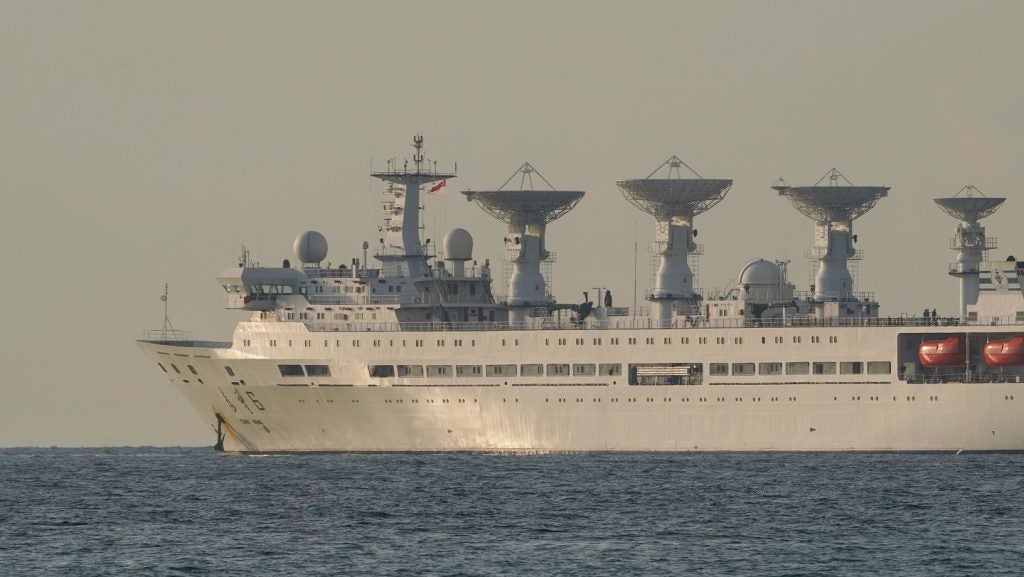
The PLAN also operates nine medical vessels, ranging from 61m to 121m in length, an extensive capability able to offer both a hard and soft power on the international stage.
In terms of logistics support, China operates 62 ships across various types, from the smallest 55m-long Fushi series to the massive 241m long Fuyu-class vessels.
Intriguingly, the ONI also details the PLAN’s range of special mission, survey, and intelligence vessels, which are tasked with gathering electronic surveillance data and oceanographic information. More than 30 vessels are listed in the ONI datasheet.
Not listed is the US Government’s understanding of the PLANs subsurface capabilities through its conventionally- and nuclear-powered submarine fleet, which is understood to number more than 60 boats. GlobalData intelligence indicates China operates six Type 093/A modern nuclear-powered attack submarines, along with six Type 094/A nuclear-powered ballistic missile boats.
In addition, China has 63 diesel-electric submarines in service across various types, delivered from the mid-1980s onwards.
How does GlobalData assess China’s naval power?
GlobalData’s intelligence centre contains a comprehensive series of reports looking at China’s defence capabilities, complete with historic assessments of budget and future forecasts. According to GlobalData analysis into the Chinese fleet in its Global Naval Vessels and Surface Combatants Market Forecast 2023-33, the PLAN has the largest navy in the Asia-Pacific region, with more than 300 surface combatants.
Chinese defence expenditure recorded a CAGR of 7.5% during 2019–23 and stood at $230.3bn in 2023 and was forecast to register a CAGR of 6.6% to value $323.7bn in 2028. The Chinese Department of National Defence is also expected to spend $1.4trn over 2024–28 on the procurement of military hardware and the modernisation of its armed forces.
In one example of China’s spending compared to the US, its only superpower rival, GlobalData forecasted that PLAN investment in the Type 052D will register a CAGR of 17.09% between 2023-28, growing from $765m to over $1.6bn between 2023-28. This exceeds US spending on its Arleigh Burke-class DDGs, which is expected to register -37.76% CAGR in the same period.
Additional reporting by John Hill.





